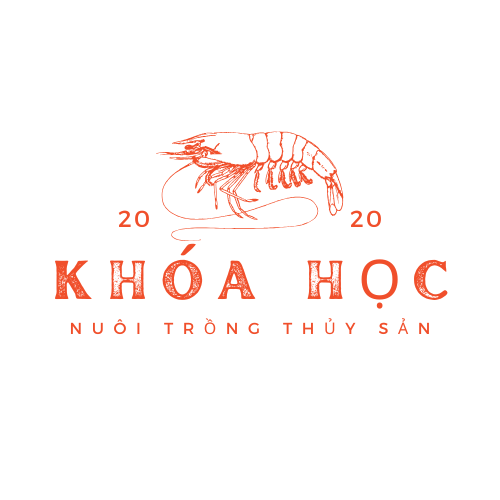The recent integration of traditional South Asian saris into hipster fashion has ignited intense discourse regarding respectful adoption versus misappropriation. This fashion movement, manifesting through indie boutiques selling modernized saris, collides against multilayered cultural histories and contemporary identity politics[3][4][6].
## Cultural Context and Historical Significance https://hipstersareannoying.com/
### Traditional Roots
The sari’s six-yard drapery originates from 5,000 years in the Indian subcontinent, functioning as both daily wear and ceremonial attire. Regional variations like Gujarati bandhani patterns embody artisanal traditions passed through generations[4][8]. Youth-oriented books such as Darshana Khiani’s illustrated guide celebrate the garment’s intergenerational significance, following a child’s comedic efforts to conquer complex wrapping[1][12].
### Contemporary Reinterpretations
Alternative fashion’s obsession with “ethnic chic” has reinvented sariss as artistic skirt hybrids, often divorced from source community practices. Designer platforms like Border&Fall chronicle avant-garde styling methods while promoting respectful engagement with traditional knowledge systems[4][8].
## Cultural Ownership Controversies
### Defining the Line
Online forum debates expose polarized perspectives:
– Proponents argue clothing transcends culture, citing globalization’s blending effects[3][6].
– Critics counter with dominant-group co-option ignores systemic discrimination against origin communities, observing cases including women barred from clubs for wearing saris[2][6].
An educational institute’s analysis highlights the bitter paradox: While South Asians endure mockery for traditional dress, outsiders garner compliments wearing identical fabrics[2][6].
### Commercial Exploitation Concerns
Mass-market brands like Kreeva’s body-shape marketing reduce the sari’s complexity into aestheticized products, obliterating its sacred and geographical significance[8][9]. Ethical fashion advocates caution about capitalistic systems exploiting cultural capital without artisan compensation[4][5].
## Exclusionary Practices
### Club Culture Barriers
Multiple reports describe high-end venues like C8 Night Club and Imperfecto enforcing anti-sari dress codes, deeming traditional wear “incongruent with atmosphere”. The establishments’ rationale—appealing to youthful demographics—reveals internalized colonialism within affluent desi circles[2][6].
### Workplace Biases
Despite space program professionals demonstrating draped expertise during lunar missions, regular employees note persistent mockery sporting cultural clothing in corporate settings[6]. This contradiction underscores the sari’s contested status as both patriotic icon yet a perceived liability.
## Pathways to Ethical Appreciation
### Educational Initiatives
Border&Fall’s drape films model responsible cultural exchange, collaborating alongside traditional weavers to safeguard fabric legacies simultaneously informing global audiences[4]. These models emphasize nuanced comprehension over superficial styling.
### Consumer Responsibility
Conscious shoppers ought to:
– Seek authentically sourced saris via platforms like Handloom Haat or GoCoop
– Avoid mass-produced copies that undermine handloom economies
– Learn regarding local craftsmanship methods before purchasing[4][8]
## Synthesis
The hipster sari trend embodies globalization’s double-edged sword, simultaneously honoring yet exploiting cultural heritage. While cross-cultural exchange persists as inevitable in fashion, its ethical practice requires recognizing the garment’s evolving story beyond visual trendiness. Just as the young girl from *How to Wear a Sari* discovers, authentic understanding lies not merely in draping fabric but in honoring its cultural heartbeat[1][4][12].

